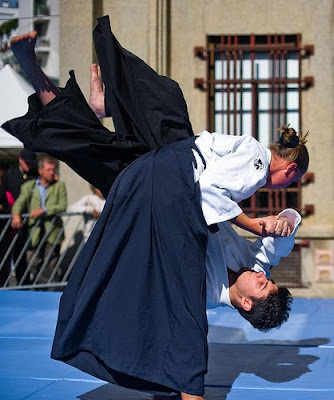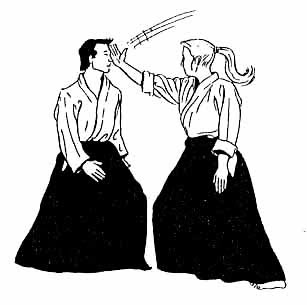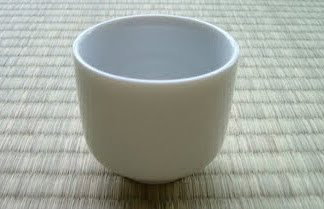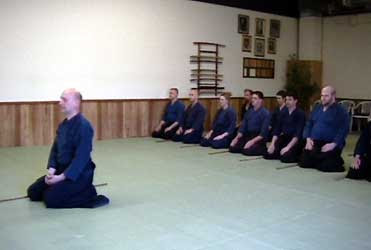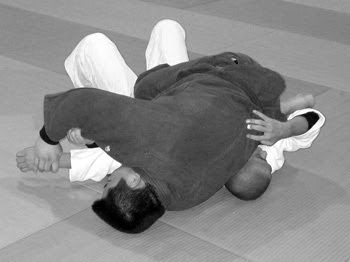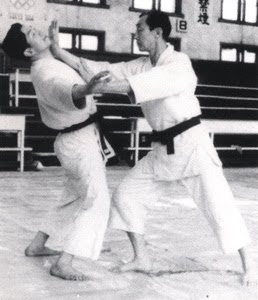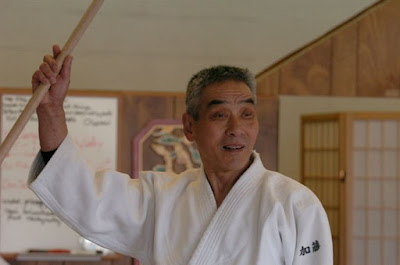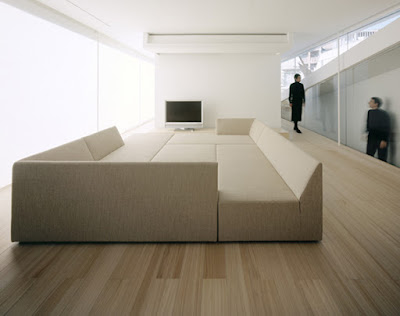Start with your closet

Since mentioning my interest in pursuing the art of minimalism , I have to admit, I haven't accomplished much. Okay, anything. The funny thing is, the first thing I want to do is simple. I remember a couple of times as a teenager, wishing to loose some of my embarrassing flab and get fit, I went nuts lifting weights and just about killed myself. Needless to say, the habit didn't stick. I was in too big of a hurry, biting off more than I could chew. I look at this, as well as just about anything new, with the same mindset. The journey of a thousand miles begins with one step, as the saying goes. So I decided to start with the smallest space in my house, the closet. Actually, now that I think about it, I should probably start smaller, with the dresser. Every weekend, I swear I'm going to dive in and weed out all the stuff I don't wear anymore. Part of the problem for me is, I've been fit and overweight both several times in my life. I'm not attached to many of my



